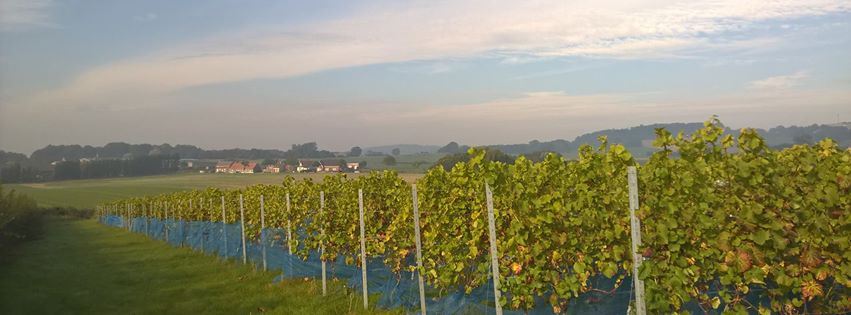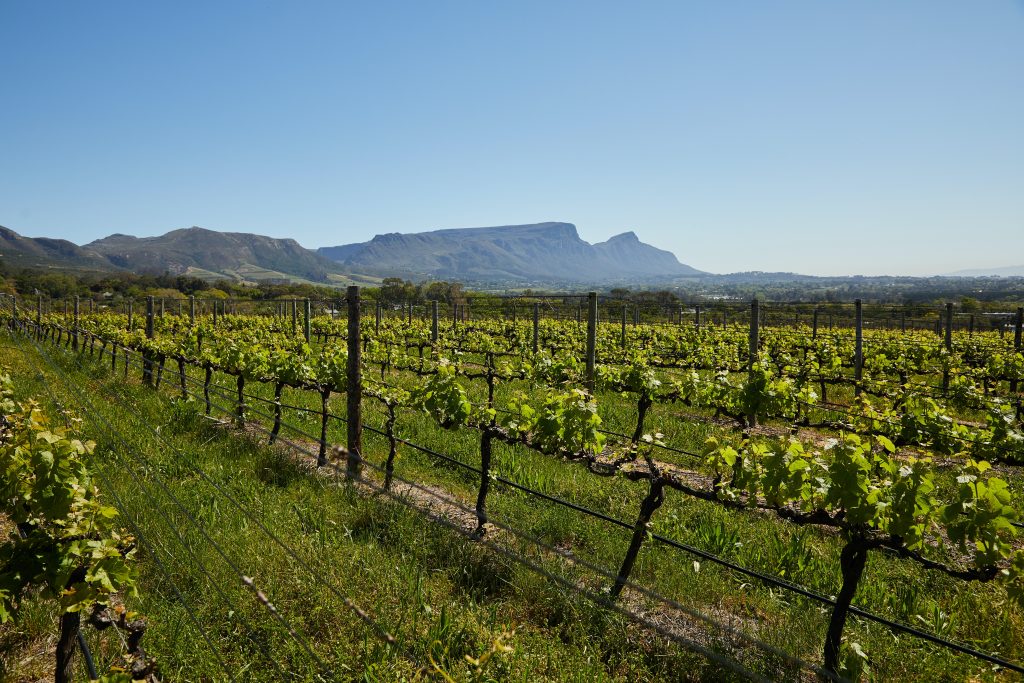Seems like a good first question...
Because everything starts with the soil in which the grape vines are planted. Or not.
Until a few years ago, the average wine enthusiast didn't know any better than that regions by definition lent themselves to viticulture or not, and that they had been active for decades. But the evolution in our own country (Belgium) shows that the possibility of viticulture must be tested against the subsoil of the plot.
And the good news is that it doesn't actually have to be fertile soil! You may have already seen the arid plains in certain Spanish wine regions where the grapevine thrives?
Not exactly soil where lettuce or leek would grow… The idea behind it is that the plant has to work to survive and thus create added value for the fruit. The better nutrients are simply not immediately below the surface. The added value for grapes is often determined by the (centuries) old soil layers with different characters…
So a root has to look for water to grow the fruit and in the case of the grapevine this can easily be several meters deep.

But you may have already seen vines on green mountain slopes, such as in Germany for example? There the idea is to obtain optimum yield from the sun. If all the vines are in a row in a flat vineyard and the sun is less high in the mid-season, as it is on “our” latitude, then all the other rows are in the shade of the row in front of them. If they are on a slope, they all get some sun directly on the plant. And that in turn is essential for the production of sugar in the grape.
Have you also noticed that if a river runs between the hills, grapes are only placed on one side? Then that side will face south and get a lot of sun, while the other side will see no sun…
Back to local viticulture. We don't have many mountains here, not much sun either. And certainly not spread out over a serious part of the year. In Heuvelland they take advantage of the slopes they call Kemmelberg or Rodeberg, in Wallonia they have more hilly areas, but Hageland and Haspengouw are not exactly mountainous.
So the soil there is a crucial element. As well as the immediate environment, the microclimate as we sometimes dare to says in order to impress.
The soil can have many qualities that are good or neutral for viticulture, but the plant should not be submerged in water. So clay and sand is by definition not ideal. Although history taught us at the time of the Phylloxera, there were indeed vines on sand and that this soil even saved them from the plague in the nineteenth century. Maybe we should make that a question (and answer)?
Good drainage is important, so rock in the subsoil is desirable.
Also part of that micro-climate is the influence of the wind. Wind is necessary in wetter and warmer climates. In the first case to dry up the moisture from fog and rain to prevent rotting, in the second case for the necessary cooling.

Anyway, it's quite a puzzle… In principle, a hilly region (sunlight) close to the sea (cooling off at night) in a warm climate (so a lot of sun) should be ideal. But of course there are only so many of them. In Chile, for example, we find that a lot.
The Rodeberg in Heuvelland is also an interesting location: (sand and) loam soil with ironstone and silex underneath forms a good basis, de hills provide the distribution of the sunrays and the necessary drying winds. Furthermore, Heuvelland has a mild maritime climate because of the relative proximity of the sea, which guards the region against temperature fluctuations.
But look, everywhere you see vineyards sprouting from the often flat ground, carrying healthy grapes…
You can actually compare it with the ideal partner. You can look for the perfect appearance in combination with a serious intelligence, also emotional, a sexy accent, humor that your friends and your parents appreciate, some sensitivity, a lot of culinary knowledge, a dream job… but often you will have to settle for just some of those characteristics in one person. Right?
So it is with the land on which grapes are grown. It is important for a specialist to evaluate the soil before the first vines are planted, to avoid lost costs and disappointment. And above all to know the strengths and weaknesses of the location
In case you have plans in that direction…
de wijnproever

